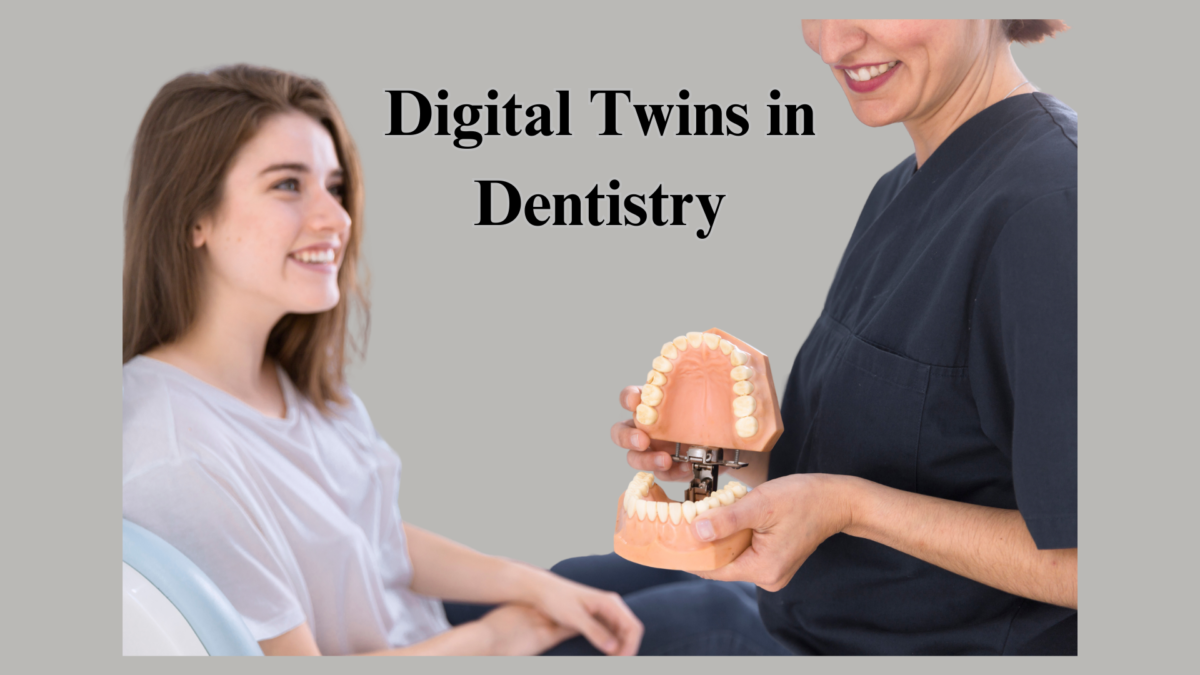
The rapid evolution of technology in recent years has transformed various sectors, and dentistry is no exception. One of the most groundbreaking innovations making waves in the dental industry is the concept of Digital Twins. This advanced technology offers a revolutionary approach to personalized treatment, enhancing patient care and outcomes. In this article, we will explore what digital twins are, how they work in dentistry, their benefits, challenges, and future prospects.
A digital twin is a virtual representation of a physical object or system that mirrors its behavior and properties in real-time. This technology integrates data from sensors, IoT devices, and machine learning algorithms to create a dynamic model that can simulate, predict, and optimize performance. While the concept originated in manufacturing and engineering, it has found applications across various fields, including healthcare, urban planning, and, notably, dentistry.
In dentistry, digital twins can be used to create accurate, real-time representations of patients’ oral health. This involves gathering data from various sources, including:
By combining this information, dental professionals can create a digital twin of a patient’s oral health, allowing for more precise diagnoses and treatment planning.
The personalized treatment paradigm emphasizes individualized care tailored to each patient’s unique needs. Here’s how digital twins contribute to this approach:
The implementation of digital twin technology in dentistry comes with numerous benefits, including:
With the ability to simulate various treatment options and predict potential complications, dentists can achieve better outcomes for their patients. This enhanced precision minimizes the risks associated with dental procedures.
Digital twins streamline workflows by automating data collection and analysis. This efficiency reduces the time spent on manual tasks, allowing dental professionals to focus more on patient care.
By preventing complications and reducing the need for additional treatments, digital twins can lead to significant cost savings for both patients and dental practices. Early interventions help avoid expensive restorative procedures in the future.
Digital twins empower patients by involving them in their treatment plans. With clear visualizations of their dental health and the expected outcomes of different treatments, patients are more likely to engage in their care actively.
Digital twins provide valuable insights that inform clinical decision-making. Dentists can rely on data-driven analyses to determine the most effective treatment strategies tailored to individual patients.
While the potential of digital twins in dentistry is vast, several challenges must be addressed for widespread adoption:
As digital twins rely on sensitive patient data, ensuring privacy and security is paramount. Dental practices must implement robust data protection measures to comply with regulations such as HIPAA.
The initial investment required for digital twin technology can be substantial. This includes costs associated with hardware, software, training, and ongoing maintenance. Smaller practices may find it challenging to adopt this technology without adequate financial resources.
Integrating digital twin technology with existing dental software and systems can be complex. Ensuring compatibility and smooth data transfer is crucial for maximizing the benefits of digital twins.
Dental professionals may require training to effectively utilize digital twin technology. Continuous education and support will be necessary to ensure practitioners can leverage this technology to its full potential.
The future of digital twins in dentistry looks promising. As technology continues to advance, we can expect several developments:
Combining digital twins with AI can enhance predictive capabilities and treatment planning. AI algorithms can analyze vast amounts of data to identify patterns and recommend personalized treatment strategies.
Digital twins could extend beyond individual patient care to encompass public health initiatives. By analyzing data from populations, dental professionals can identify trends and address oral health disparities more effectively.
Digital twins may facilitate collaboration among dental specialists, allowing for multidisciplinary approaches to complex cases. Enhanced communication and data sharing can lead to improved patient outcomes.
Integrating VR and AR with digital twins can revolutionize patient education and treatment planning. Patients could visualize their treatment in a more immersive way, improving understanding and engagement.
The evolution of materials used in dental treatments may also be influenced by digital twin technology. By simulating how different materials interact with a patient’s unique anatomy, dentists can select the most suitable options for each case.
Digital twins represent a transformative leap forward in the realm of personalized treatment in dentistry. By harnessing the power of technology, dental professionals can offer more precise, efficient, and patient-centered care. While challenges remain in terms of implementation and cost, the potential benefits far outweigh the obstacles. As the industry continues to evolve, the integration of digital twins will undoubtedly play a pivotal role in shaping the future of dentistry, leading to improved patient outcomes and revolutionizing how dental care is delivered.
#DigitalTwins, #DentistryTechnology, #PersonalizedTreatment, #PredictiveAnalysis, #DentalInnovation, #PatientEngagement, #DentalCareTrends,#OralHealthSolutions, #DentalSoftware, #FutureOfDentistry.